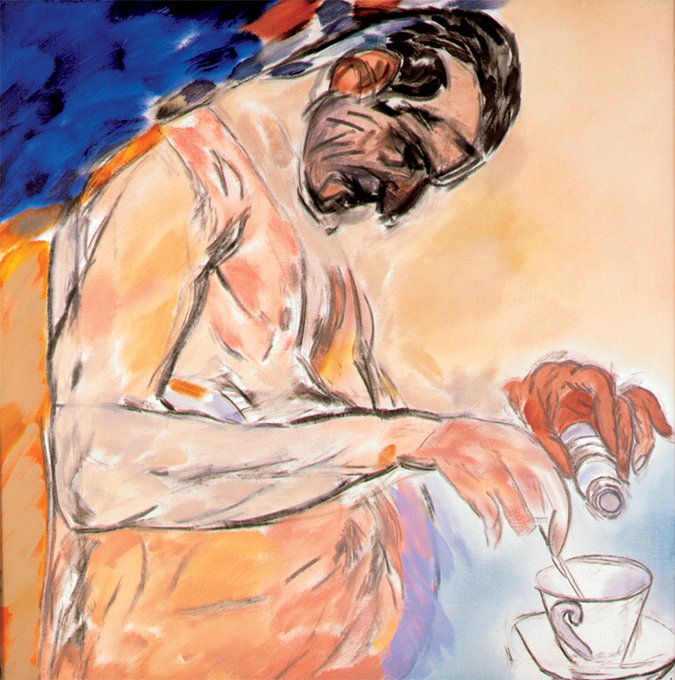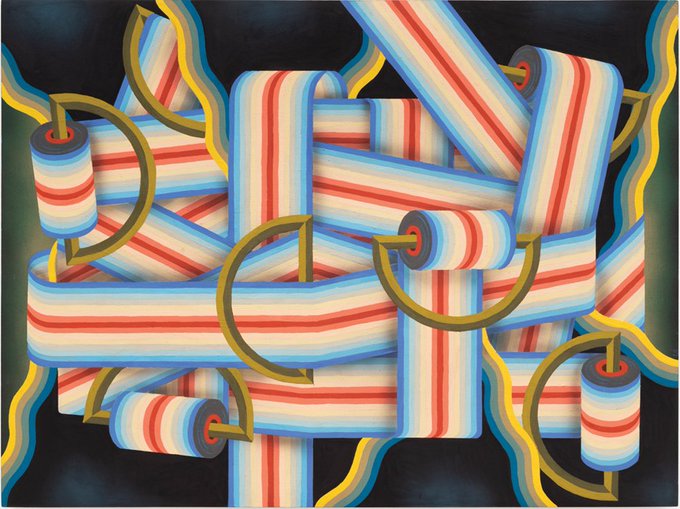It has traditionally been a harder struggle for women who have moved between mediums to convince the world that they are suitably focused and serious. https://t.co/U02KSbP7HK
In 1937, numerous paintings by Ernst Ludwig Kirchner were hung in the Nazis’ infamous “degenerate art” exhibition. Less than a year later, the artist took his own life. https://t.co/yZNpf5kq8q
“Access to information is something that we are all designers of, so we all have a responsibility.” Read design historian @AimiHamraie's conversation with artist Shannon Finnegan (@shanfinnegan) https://t.co/0kOgY6WgDi
A Zilia Sánchez retrospective is now on view at @elmuseo in New York. Christina Bryan Rosenberger reviewed the show for A.i.A., considering the erotic qualities of Sánchez's shaped canvases, after it opened at the @PhillipsMuseum in the spring. https://t.co/clB7jV5bYw
Review | @eric_sutphin on Joan Semmel at Alexander Gray Associates (@agrayassociates) https://t.co/nts4e1gSEd
R.H. Quaytman writes of Hilma af Klint: “She was able to deploy visual ideas by asserting that they were not her own. I, too, occasionally use this technique of finding a way to paint through another artist’s authority.” https://t.co/qIdTwBTQzr
R.B. Kitaj was known for his lush figurative paintings, his raunchy and combative egotism, and his fierce embrace of Jewish identity. https://t.co/iggv6GbBNk
Review | @kylelmacmillan on Edie Fake at Western Exhibitions (@WesternExSpeh) https://t.co/irKx4OQOEV
Doubt and Affirmation: A Book by Ben Lerner and Anna Ostoya by Will Harrison (@TheChillestWill) https://t.co/8TWA3BNnDE
For his four-decade career Charles White remained focused on the lives, struggles, and aspirations of working-class black Americans. https://t.co/wzwYKnbujW














